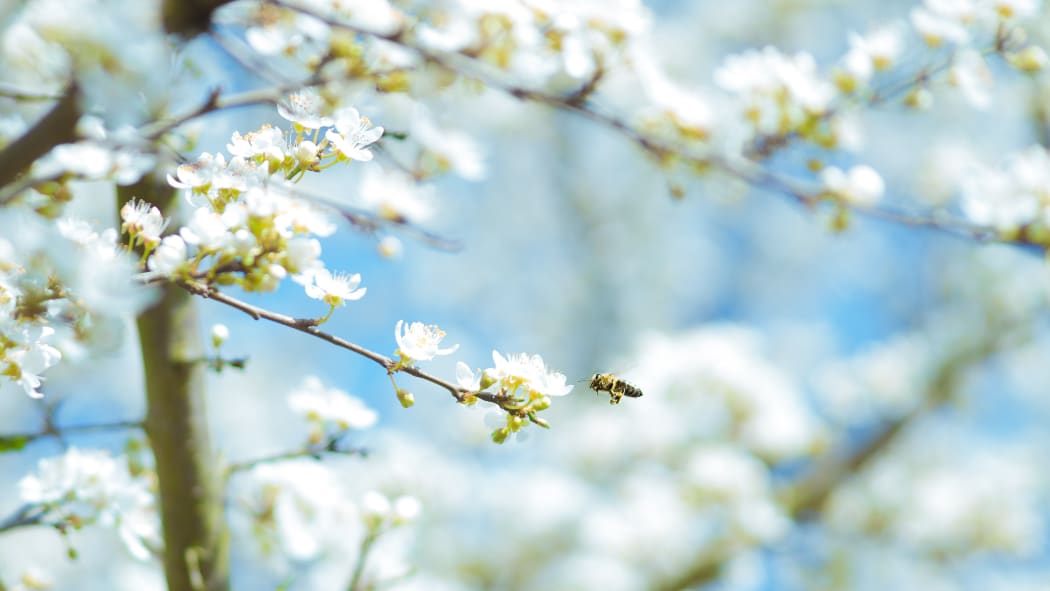Bee-harming insecticides widely used in New Zealand have been banned by the European Union as huge numbers of bees die there. Should New Zealand follow suit?

Photo: Karsten Würth
Recent studies about European bee decline are disturbing, says Otago University genetics professor Peter Dearden.
"A study came out last year that suggests we've lost 70 percent of flying insects in Europe over the last 30 years, which is horrifying."
A lack of local data makes it difficult to know quite what the situation is here, he says.
We do know that the bee population collapsed a few years back due to the varroa mite epidemic, but it is now on the rise, Dearden says.
Thanks to the popularity of manuka honey overseas, New Zealand's bees are "looking okay" as more hives come online to meet that demand.
Here, neonicotinoids are used for wasp control in horticulture and agriculture. In the home garden, they control thrips and aphids and they're also used to combat fleas on pets.
They are much safer than previous generations of organic phosphate insecticides, he says.
And in New Zealand, we use them slightly differently to the Europeans – for controlling pests in pasture and potatoes, for example, which are not insect-pollinated.
"We do use insecticides broadly here. There are all sorts of things that affect pasture, like the stem weevil – if we start to lose control of them it will give us some serious problems."
In Europe, you might see bees buzzing around whole fields of flowering insecticide-drenched rapeseed, he says.
More agricultural monocultures there mean farmers there have a greater need for insecticides.
Nevertheless, New Zealand cannot continue with business as usual.
And it's not just bees at risk – "insecticides kill insects" he says.
"The studies I have been seeing recently have been so horrifying that everyone is sitting up and taking notice."
He says we need more monitoring across the entire bee population in New Zealand to get a clearer picture. Currently managed beehives are monitored because of American foulbrood, but he says we don't know enough about wild bees.
"Landcare Research was hoping to monitor bee populations and find out if neonicotinoids were in the water supply and elsewhere in the environment. But they haven't got the funding for it."
And developing new classes of insecticides could mask a broader and more important questions about the way we farm and creating monocultures which are not insect-friendly, he says.
"We live in a world that is full of insects that are a critical part of our ecosystems, a critical part of us being alive on earth, and yet we treat them pretty badly, and maybe we need to reassess how we deal with insects in general."
The use of neonicotinoids in New Zealand is already heavily regulated, says the Environmental Protection Agency's Fiona Thomson-Carter, but the authority will review the EU's vote to see if it contains new information suggesting a similar ban is warranted here.
"It's a top priority for us. It's one of our top four priorities currently because we know there is a lot of public interest and public concern about this class of pesticides.
"We've got to balance out the risks and the benefits to human health, environmental health, including bee health and also the economy," Ms Thomson-Carter says.

